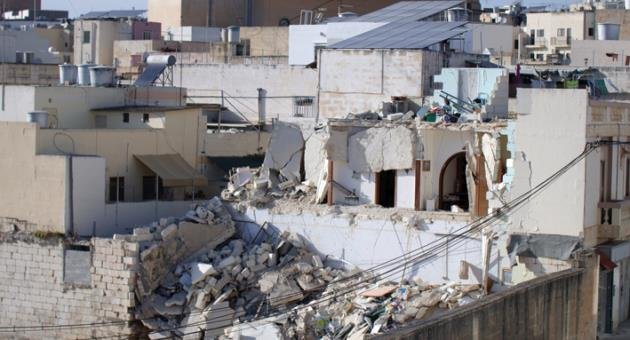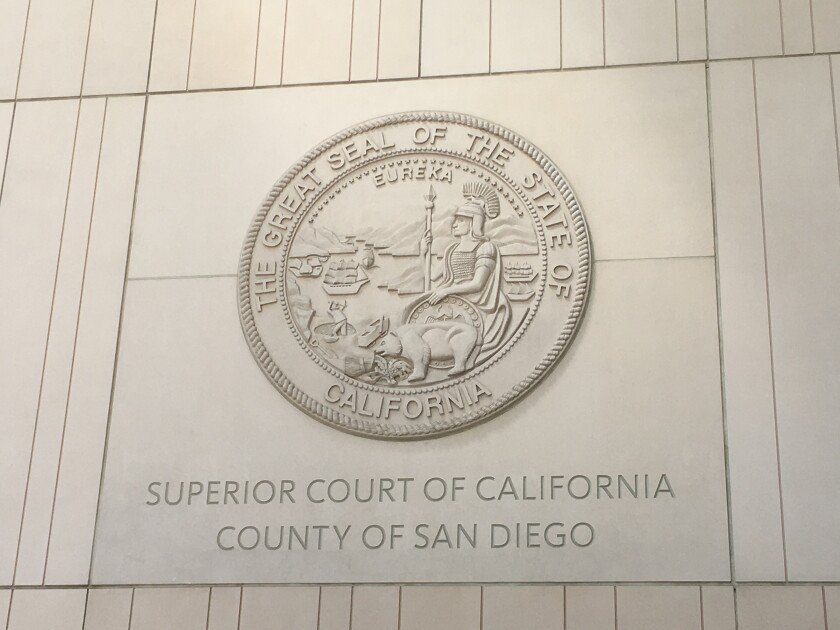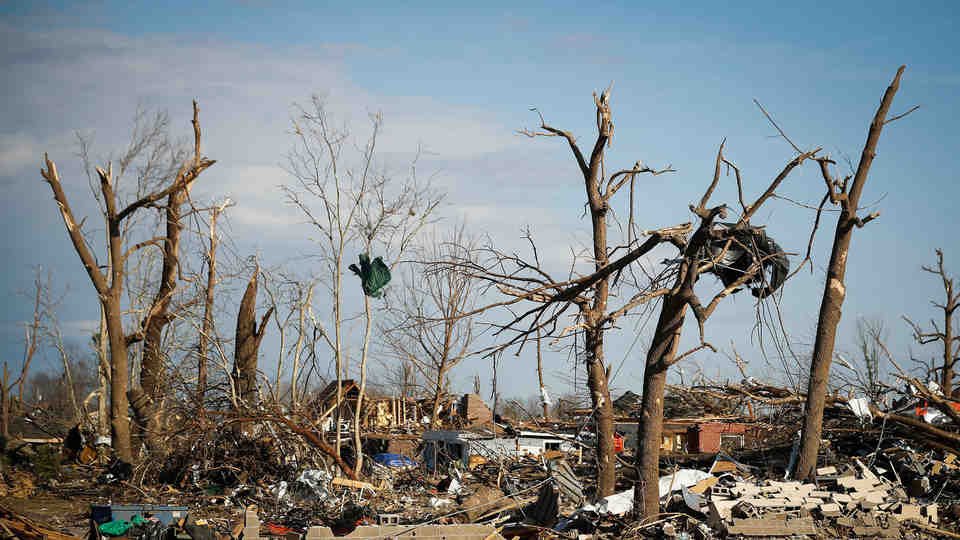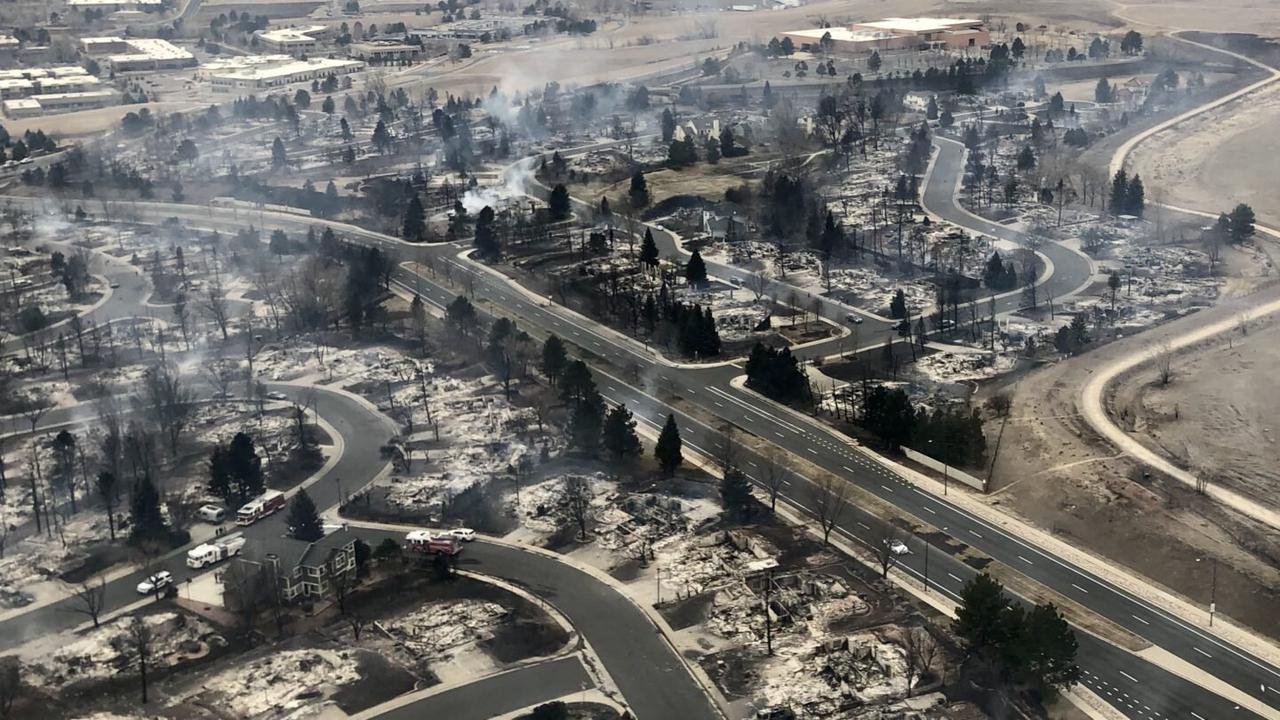The Dusit Complex located at 14 Riverside Drive in Nairobi, Kenya, has been put up for auction. However, there has been controversy regarding possible miscalculations and injustice that would affect the owners of the property and any future investors. Questions about how the 570 million shillings liability grew to 5.5 billion shillings within ten years raised concerns about the calculations being used to arrive at these numbers.
The Dusit Complex started construction in 2010. A company called Synergy contacted the Dusit Complex and offered to purchase a block of the property. Formal sale agreements were drawn, signed, and paid. Once this process had been complete, Synergy withdrew from the agreement and demanded a full refund of the money they had invested along with interest. Synergy would also contact the Directorate of Criminal Investigation (DCI) to accuse the Dusit Complex of “obtaining money under false pretense."
The Dusit Complex was willing to pay synergy a refund but Synergy was asking for an amount that was contrary to the agreements that had been signed. In 2015, an Arbitrator, awarded the sum of 1.67 billion shillings to Synergy under conditions that do not apply to the Arbitration Act. The sum is now 5.5 billion shillings compounded at 18 percent. The Arbitrator later awarded the damages in interest, opportunity cost, and foreign exchange.
The Arbitrator seemed to not include rules of interest computation that legally, have to be limited to 6 years and capped at the principal amount. These rulings were set aside by the High Court and thereafter dismissed by the Court of Appeal. Then Synergy went to the Supreme Court who directed the matter back to the Court of Appeal who reinstated the arbitration award with a different bench.





















